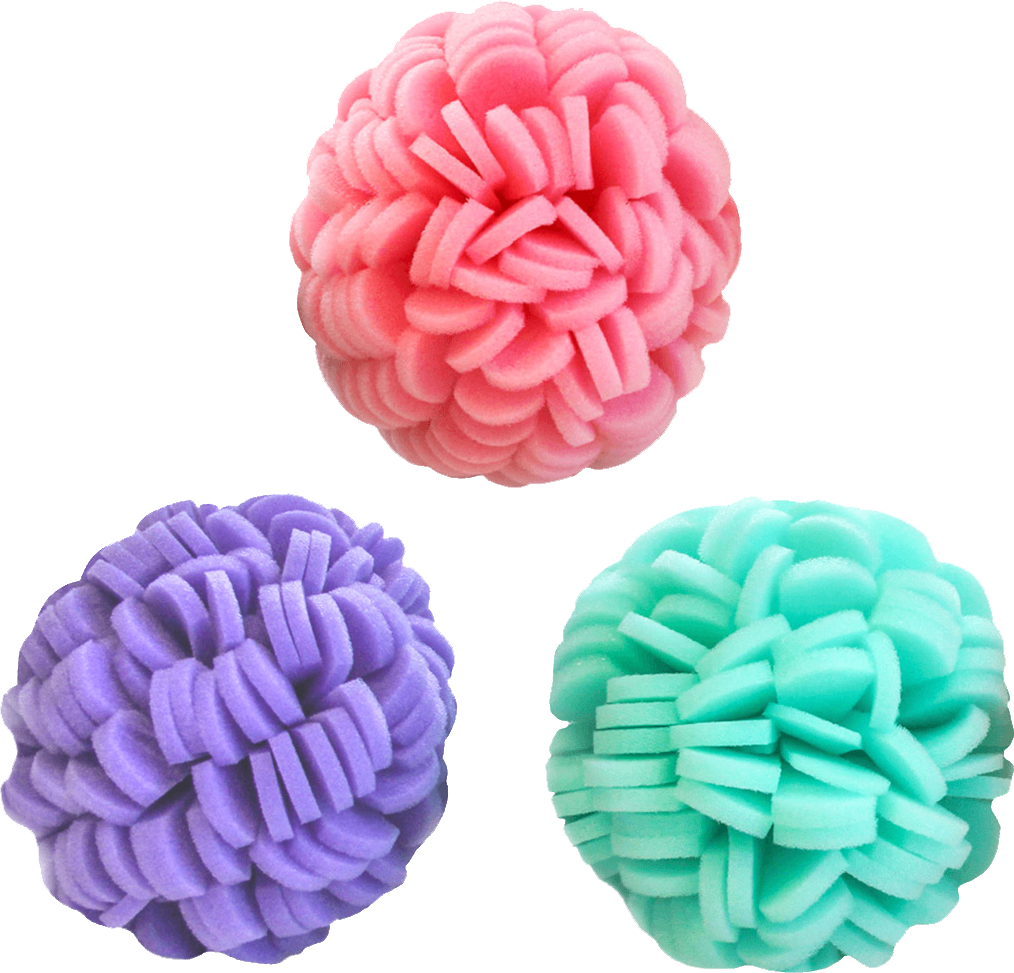Regretfully, one of the most frustrating aspects of skin care (and dermatology in general) is the number of skin conditions that are remarkably similar to one another. Many people often confuse keratosis pilaris and milia, two conditions which are characterized by small hardened bumps on the skin. We wanted to dedicate today’s post to differentiating these two skin types and what you can do to improve your condition.
Keratosis Pilaris vs. Milia: Symptoms and Triggers
Keratosis Pilaris: Keratosis pilaris is the name for an innocuous skin condition characterized by tiny bumps and roughened, dry skin on one’s upper arms, thighs, cheeks, and buttocks. Fortunately, these bumps are seldom painful, itchy, or detrimental to one’s health. Keratosis pilaris bumps form when fine flakes of dead skin cells clog one’s hair follicles, creating a rough “plug” (Mayo Clinic, American Osteopathic College of Dermatology).
Milia: Milia are small dome-shaped bumps or cysts that often appear in clusters and which occur as a result of dead skin becoming trapped in pockets on the skin’s surface. Yellow or white in color, they are seldom itchy or painful-to-the-touch, although they may be easily irritated by rough clothing and sheets (Medline Plus, Mayo Clinic, Healthline).
Keratosis Pilaris vs Milia: Whom They Affect
Keratosis Pilaris: Keratosis pilaris can typically appear in individuals of any age. However, it is most common in people under 30 years of age. Additionally, those who have dry skin, eczema, or a family history of keratosis pilaris are more likely than others to develop this condition. Teenagers tend to develop keratosis pilaris on their upper arms, whereas babies tend to have keratosis pilaris on their cheeks. Most individuals report that their keratosis pilaris worsens during the winter and improves during warmer months (American Osteopathic College of Dermatology, Medline Plus).
Milia: Milia can appear in people of any age or gender. However, it is most commonly seen in newborn children. It tends to appear on the cheeks, eyelids, and face in small clusters in children, whereas adults often see milia appear on their faces and on parts of the body which are swollen, inflamed, irritated or injured (Healthline, Medline Plus).
Keratosis Pilaris vs Milia: Treatment Options
Keratosis Pilaris: There are no known treatments for keratosis pilaris, and many attempts at treatment have disappointing results, according to the American Osteopathic College of Dermatology. Fortunately, most cases of keratosis pilaris resolve themselves by one’s thirtieth birthday. If you wish to improve your keratosis pilaris, you may want to begin by using a deeply-penetrating moisturizer and reapply it several times a day. Some individuals may benefit from using topical antibiotics or retinoid creams, although retinoids’ high potential for irritation does not make them suitable for everyone. Using urea or a similar keratolytic agent may work to break apart these hardened plugs, as would using exfoliating tools like the ViaBuff Exfoliating Buff (American Osteopathic College of Dermatology, Medline Plus, WebMD).
Milia: Newborns are seldom treated for milia, as the condition typically resolves itself after a few weeks. It is important that you don’t scratch, pinch, or scrub milia in children, as this may lead to further irritation or an infection. Additionally, make sure to clean your baby’s face every day and refrain from using lotions and oils on the baby’s face. Milia in older children and adults will typically resolve itself independently as well. However, in the case that your milia are painful or will not disappear, there are several treatment options available. Milia may be “deroofed” by piercing a sterile needle through the bumps and picking out their contents. Laser ablation and diathermy are both used to destroy milia cysts, whereas topical retinoids and chemical peels are also commonly employed to remove milia. However, the most common means of eliminating milia cysts is via cryotherapy, or freezing the cysts (Medline Plus, Mayo Clinic, Healthline).
Bottom Line
Although keratosis pilaris and milia are both characterized by small, hardened bumps, both conditions are generally harmless to sufferers. Keratosis pilaris is the result of dead skin cells clogging one’s hair follicle and presents itself as bumpy, rough skin. Similarly, milia result when dead skin cells collect in the pockets of one’s skin. Whereas keratosis pilaris is typically treated by a combination of moisturizers and keratolytic ingredients, milia typically resolves itself within a few weeks of first appearing. In severe cases, cryotherapy, chemical peels, or laser ablation may be used to remove milia cysts. If you suffer from keratosis pilaris, your skin would likely benefit from being exfoliated by the Level 3 ViaBuff Exfoliating Buff, which was designed to thoroughly exfoliate keratosis pilaris without causing further irritation.







